Kale: Everything You Need to Know
Kale is a leafy superfood that contains some of the highest amounts of nutrients on the planet. That may be why it’s so difficult getting your son or daughter to eat them.
How big of a fan of kale are you, and are you aware of all the benefits that kale has stored in those leaves?
If you don’t care to eat kale in a salad, there are a number of other ways of cooking kale that may help you tolerate it. Here’s more about kale and what major health benefits you’re absorbing when you choose to eat it. Kale: everything you need to know!
Kale: Everything You Need to Know
Kale is thought to have originated in Asia Minor as early as 2000 B.C. It is a member of the cabbage family and is a cruciferous vegetable because of its shape of leaves.
It’s leafy and comes in colors of light green, green, dark green, violet-green, and even violet-brown. It’s also incredibly easy to grow.
Fun Facts
Kale is so popular in Scotland that people invite someone to dinner by saying, “come to kale.”
While most vegetables lose some of their nutrition after being cooked, kale is not like that. So no matter which way you prefer to eat it, you’re not missing out on vitamins or minerals.
Kale is one of those superfoods that has taken off in popularity at supersonic speed recently. Just between the few short years of 2007 and 2015, the cultivation of kale has increased worldwide by an amazing 60%. This has to do with trends set by the Internet.
You already know that oranges are cram-packed with vitamin C, but did you have any idea that kale has twice that amount?
Types of Kale
This is not an exhaustive list of all the types of kale that you can find, but these are the most common ones out there.
Curly Kale
Curly kale is one of the most popular types of kale that you’ll find at your local grocery store. The leaves are more ruffled and can be both dark green or purple in color.
Many restaurants have used this type of kale as a garnish. Keep in mind that the older the kale, the more bitter it will be.
Dinosaur Kale
Often called Tuscan and black kale, dinosaur kale has leaves that are large and dark green. They aren’t ruffled and have more of a leathery texture to them. It’s also not as bitter as curly kale.
Ornamental Kale
Ornamental kale closely resembles a flower, being bright purple or having white leaves on the inside. This type of kale is not the tastiest out there, but it is edible.
Red Russian Kale
The red Russian kale looks like a green leaf from a tree and has pinkish veins in the middle. This type of kale is a lot sweeter than others, while being very tender. The purplish stalk, on the other hand, is extremely bitter, so you’ll want to remove it.
Siberian Kale
The Siberian kale is great in a salad, having big green leaves and white veins towards the center. They can be grown and survive all types of weather conditions.
Nutrition Facts
We’re not messing with you when we say that kale is very good for you. It’s filled with so many vitamins, minerals, and antioxidants. It contains high levels of vitamins A, C, K, calcium, fiber, iron, and potassium.
It also has carotenoids and flavonoids such as quercetin and kaempferol. In just a single cup of kale, there’s 20% of your daily value for Vitamin A and over 23% of vitamin C.
If you decide to grow some kale in your garden this year, this is where I buy my seeds: SeedsNow
Health Benefits
Bone Health
Vitamin K helps maintain stronger bones and helps prevent bone fractures. Kale contains this and also calcium and phosphorus, which are also important for good bone health.
Cancer
Did you know that it’s been proven that people that eat larger amounts of fruits and vegetables drastically decrease the likelihood of getting certain types of cancer?
Kale is no exception. It contains antioxidants and chlorophyll, both are proven to lower the risk of cancer.
Diabetes
People that struggle with diabetes are recommended to eat foods with higher levels of fiber. This makes kale an excellent choice, as it has plenty.
When vitamins C and alpha-linolenic acid are also present, (which kale does have) they’ve been proven to reduce complications that can be caused by diabetes.
Digestion
Kale contains both water and plenty of fiber, which are ingredients that help regularity and prevent constipation and maintain a healthy digestive tract.
Eye Health
Because kale contains vitamins C and E, along with beta-carotene and zinc, they work together to maintain good eye health. It also contains lutein and zeaxanthin, which may also help prevent macular degeneration.
Heart Disease
People that eat kale are getting decent amounts of potassium and fiber. Both of these work together to reduce blood pressure, lower levels of cholesterol, and prevent cardiovascular disease.
Skin and Hair
Kale also contains beta-carotene, which then converts into vitamin A and used when needed. This helps with growth and maintaining tissues, including skin and hair.
Cooking with Kale plus Salads
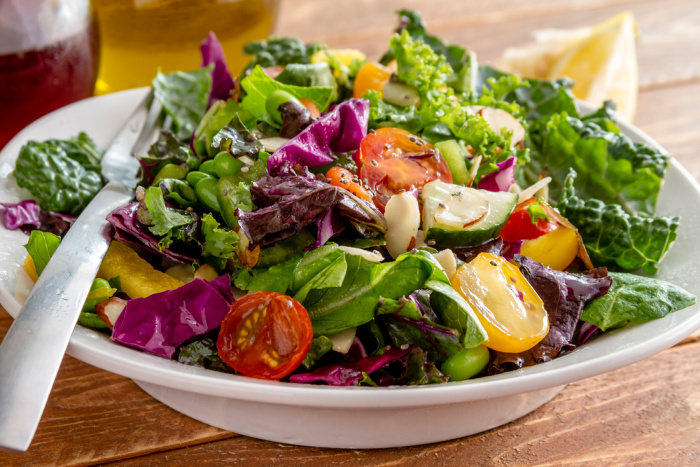
Kale can be eaten raw in a salad and also prepared and enjoyed in a number of ways, such as, baked, sauteed, steamed and pureed.
Besides being put into a salad, kale is also good on pizza, tamales, stuffing, or baked into chips. Check out these fantastic kale recipes that use kale.
It’s extremely important to wash kale thoroughly before cooking or eating. This is because of the risk of pesticides that might be present.
Risks
While kale is a superfood that is good for you, it’s not for everyone. Patients that are on blood thinners and beta-blockers, along with people that have failing kidneys, should not eat kale because of the potassium and vitamin K present.
If you are one of these people, make sure you check with your doctor first and only eat in moderation if approved for consumption.
More Kale Resources:
Everything You Need to Know Series:
- Cucumbers: Everything You Need to Know
- Kale: Everything You Need to Know
- Broccoli: Everything You Need to Know
- Mushrooms: Everything You Need to Know
- Lettuce: Everything You Need to Know
- Carrots: Everything You Need to Know
- Tomatoes: Everything You Need to Know
- Potatoes: Everything You Need to Know
Final Word
How’s that for kale: everything you need to know? Eating kale can certainly be beneficial to your health as you can see. Are you a kale fan or not so much?
If not, with all that you learned about it, will you give it another try? What are some other ways in which you eat or prepare your kale?
Please keep prepping, be aware of your surroundings, and stay well. May God bless this world, Linda
Copyright images: Kale Depositphotos_7496731_s-2019, Kale Salad Depositphotos_78370538_s-2019

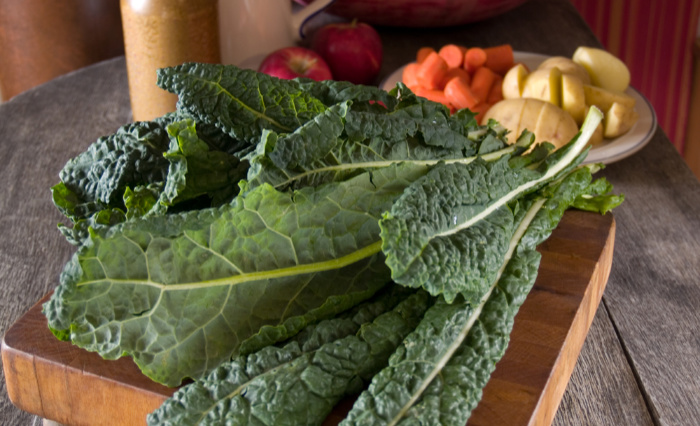

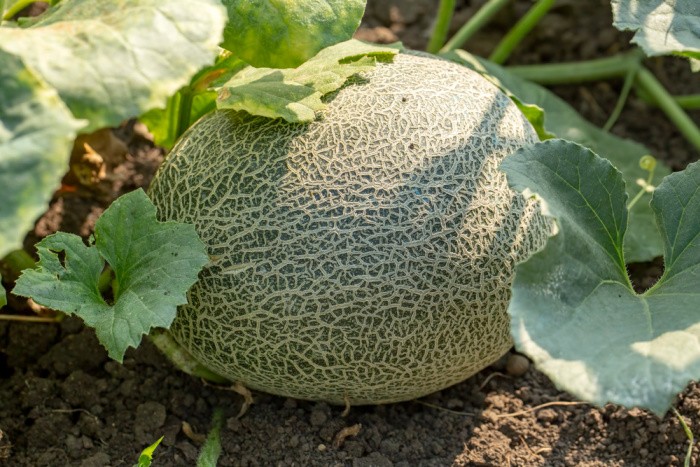
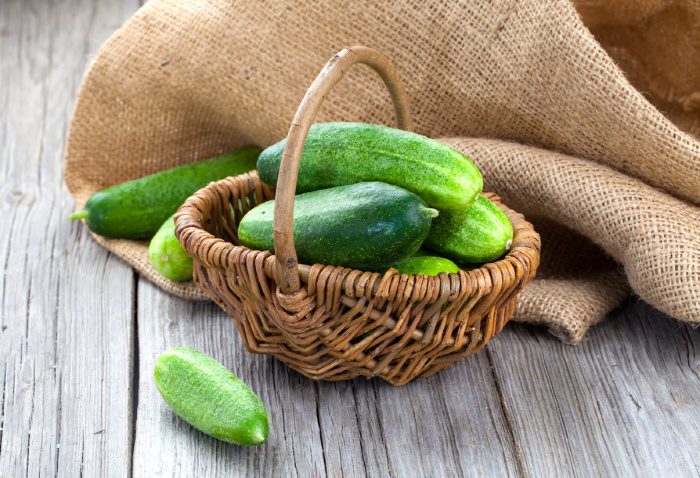
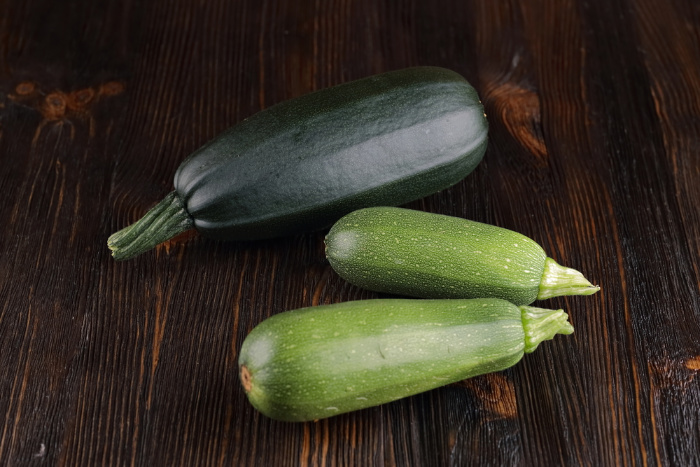
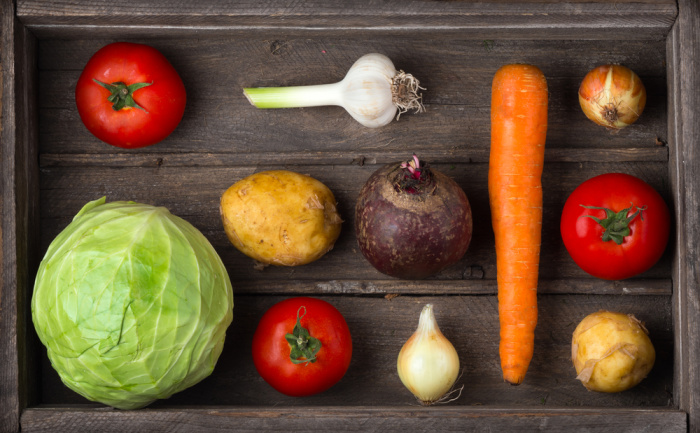
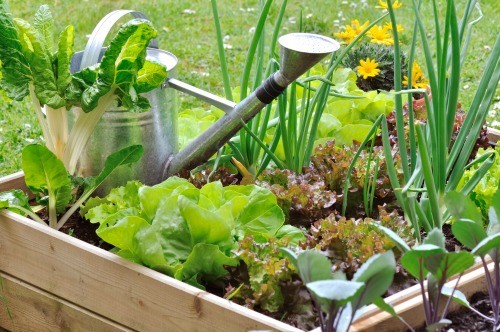
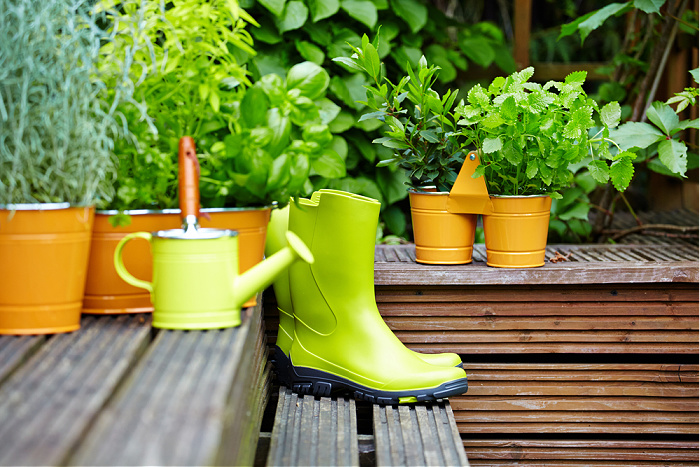













My favorite is kale chips! Spread the leaves out on a baking sheet, spray or drizzle with olive oil, sprinkle with your choice of spices and/or a little salt, bake in a slow oven (hard to give a time–check every minute or two or you’ll discover how good charcoal is for you!)
I’ve also tried hiding dried and powdered kale in various things. Picky DH. 😀
Hi Rhonda, I love Kale chips too!!!! Linda
Linda,I love your everything you need to know series!!! I think you are really on to something. Great reads and very informative! I follow your site almost every day. Can’t wait to see what you come up with next! You are one of the very few sites I follow. (too much BS in some) I think you have found your Niche in life. Great job and keep up the good work! (God Bless and stay safe)
HI Bill, well you just made my day, my friend!!! I work really hard to deliver good reads!! Thank you so much!! Linda